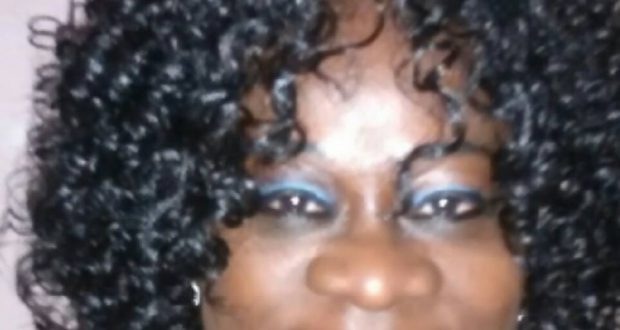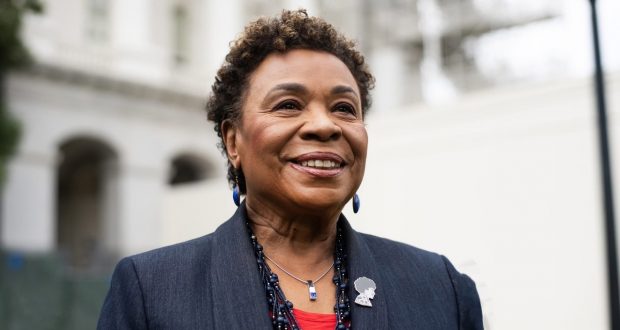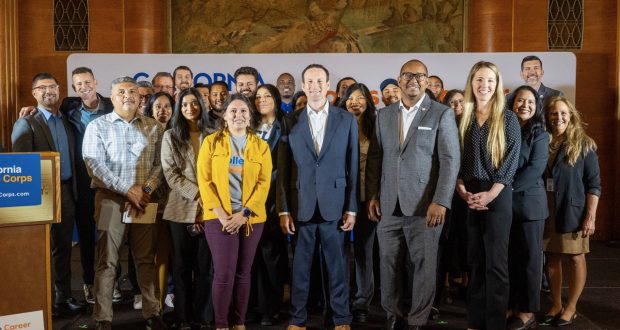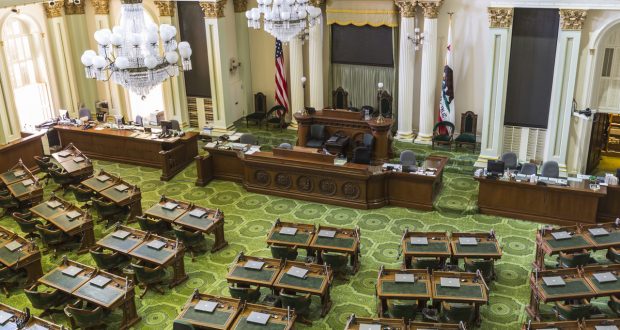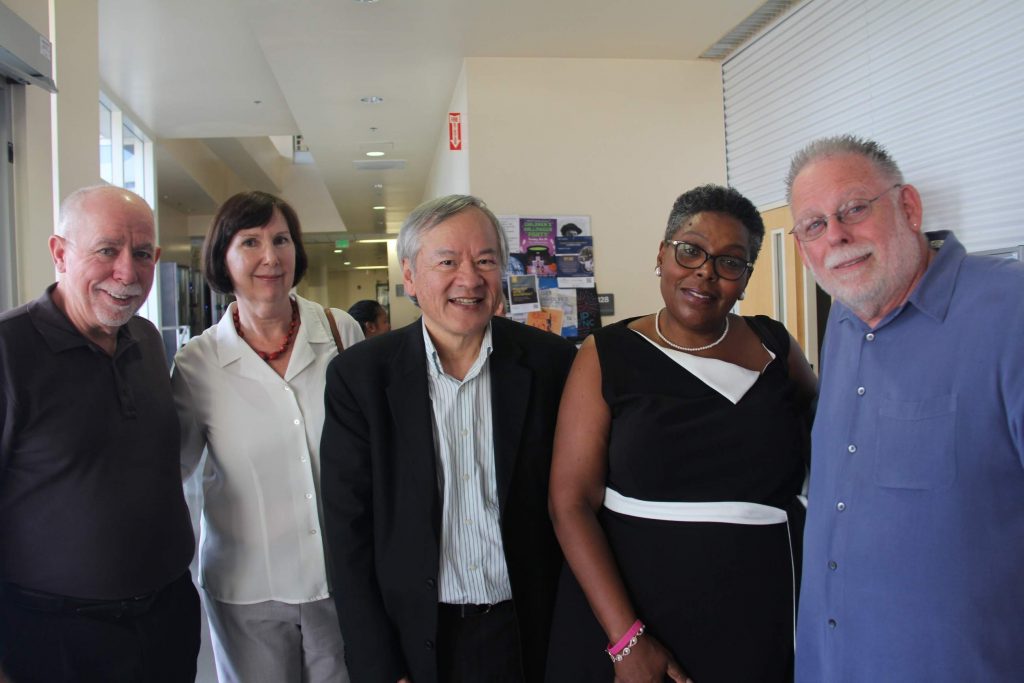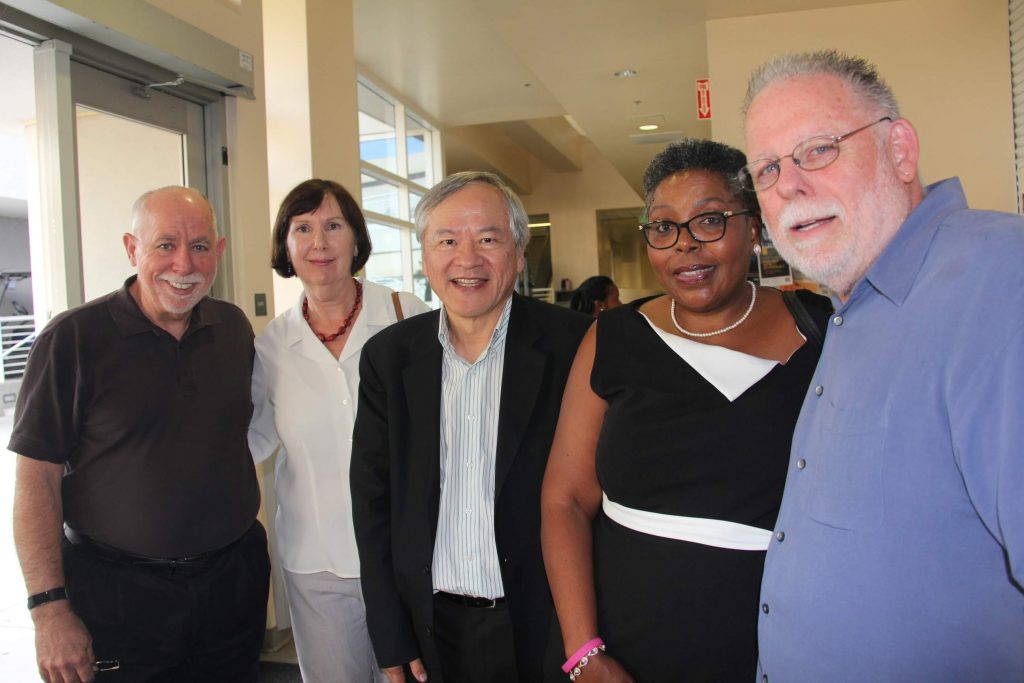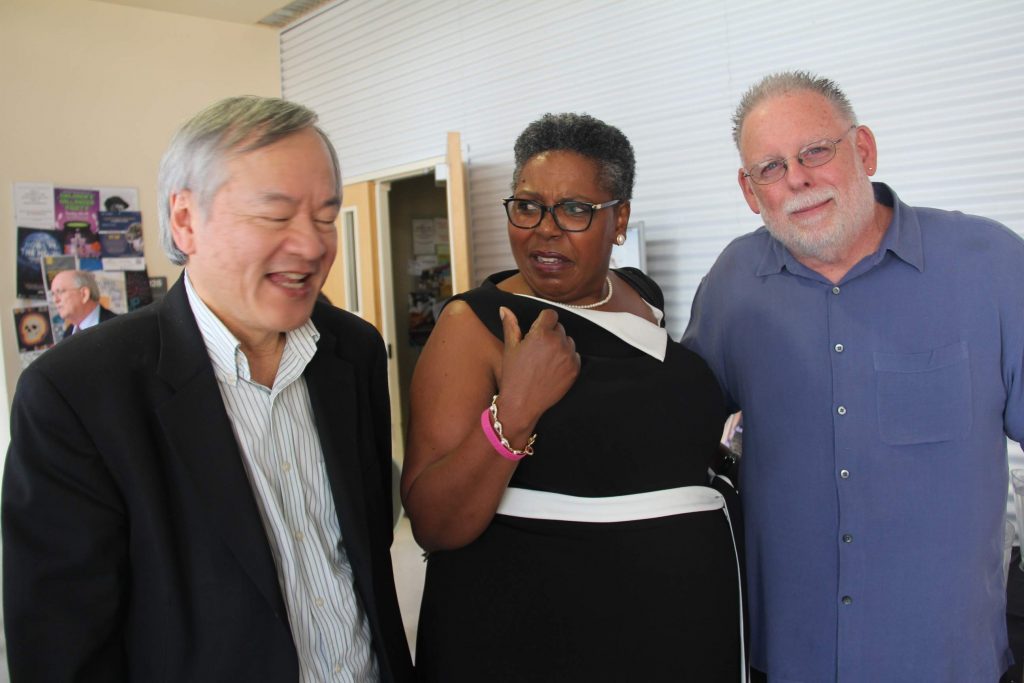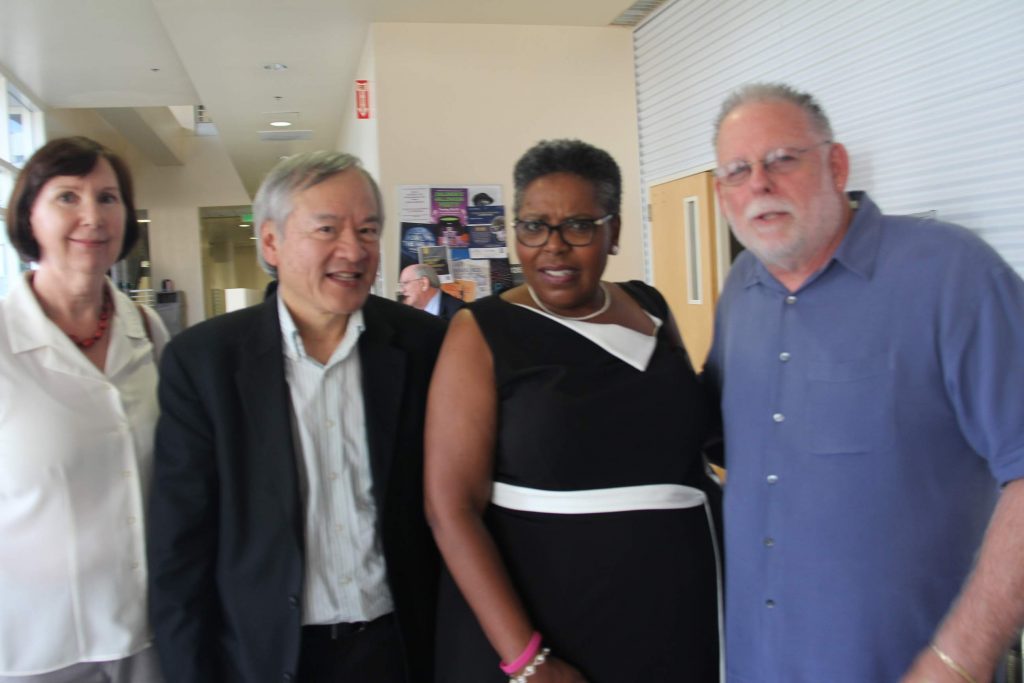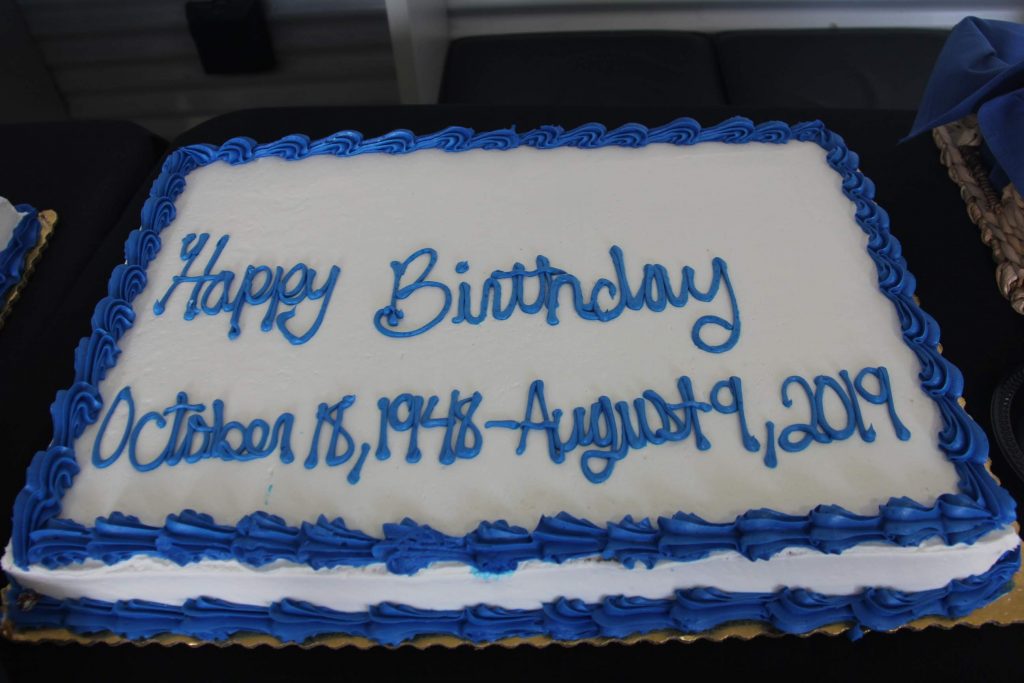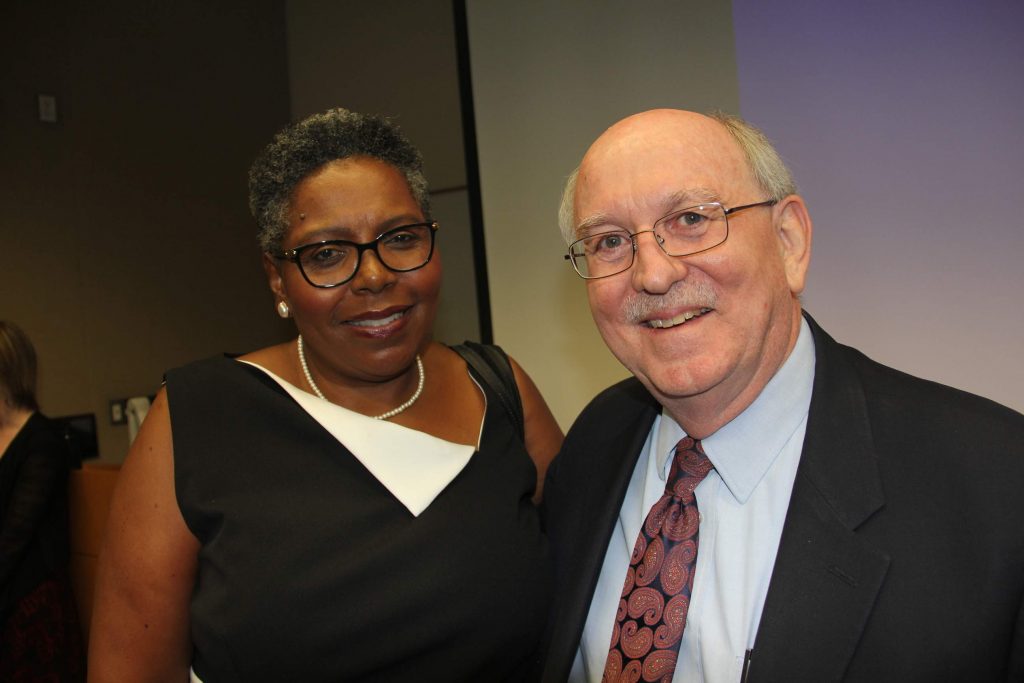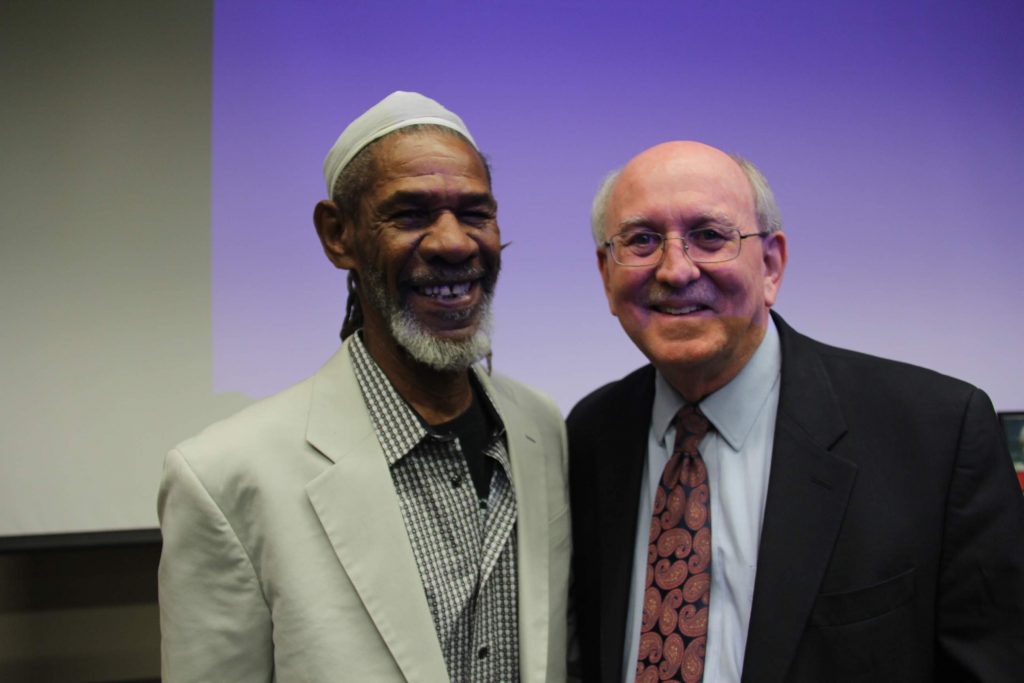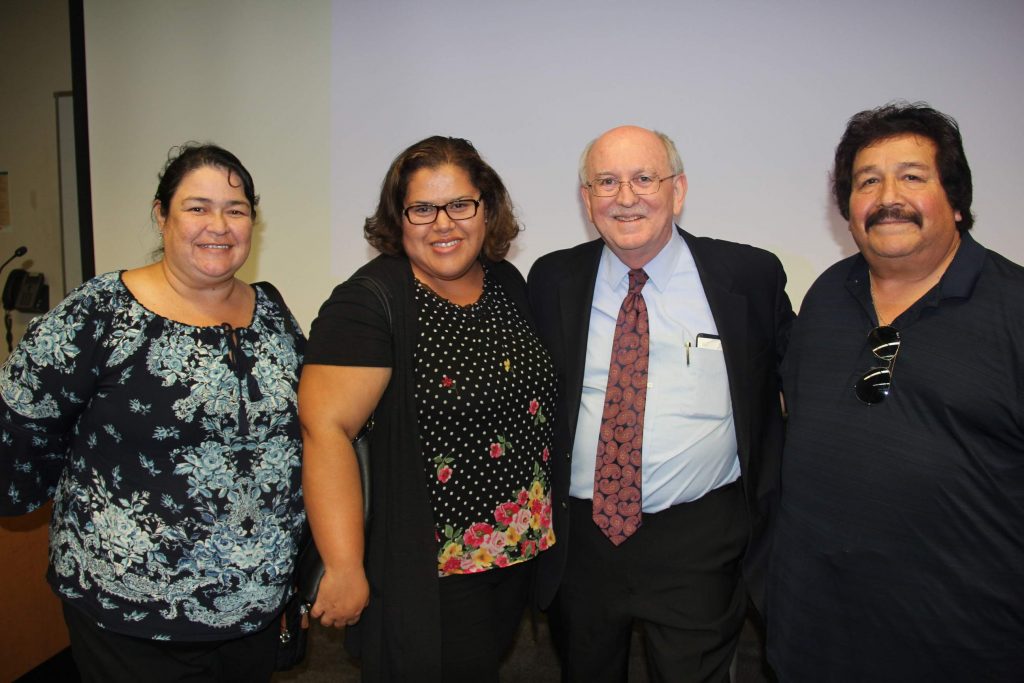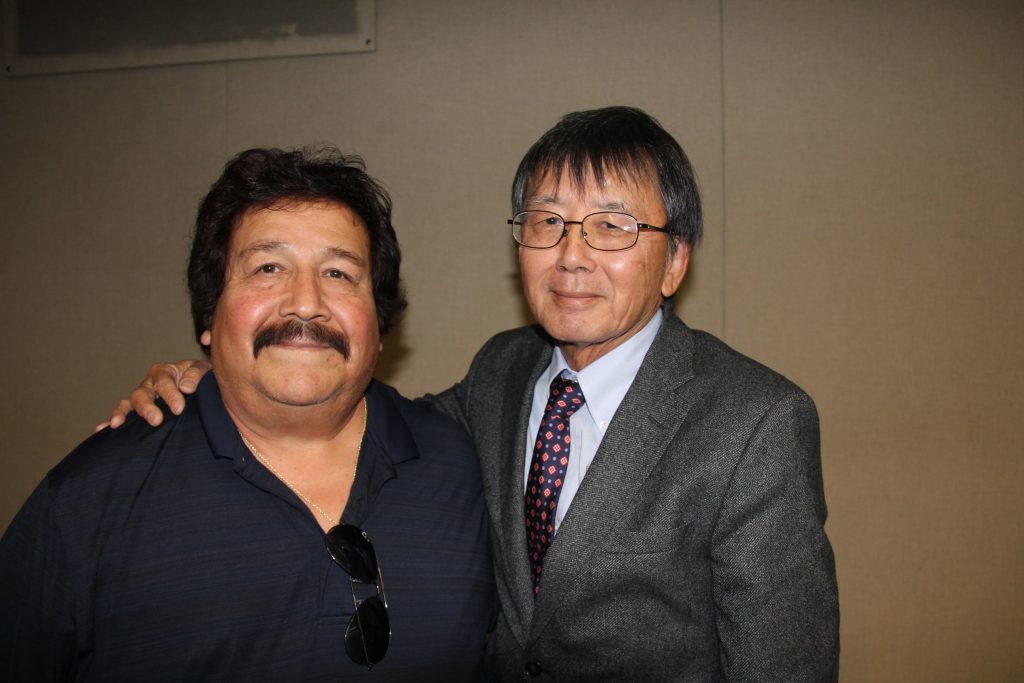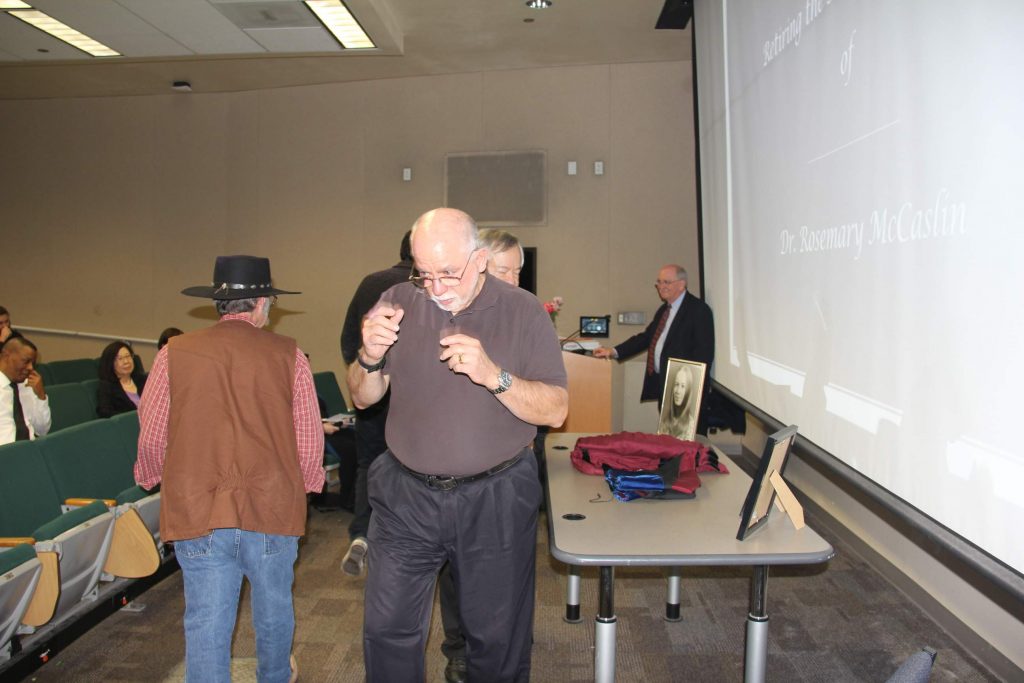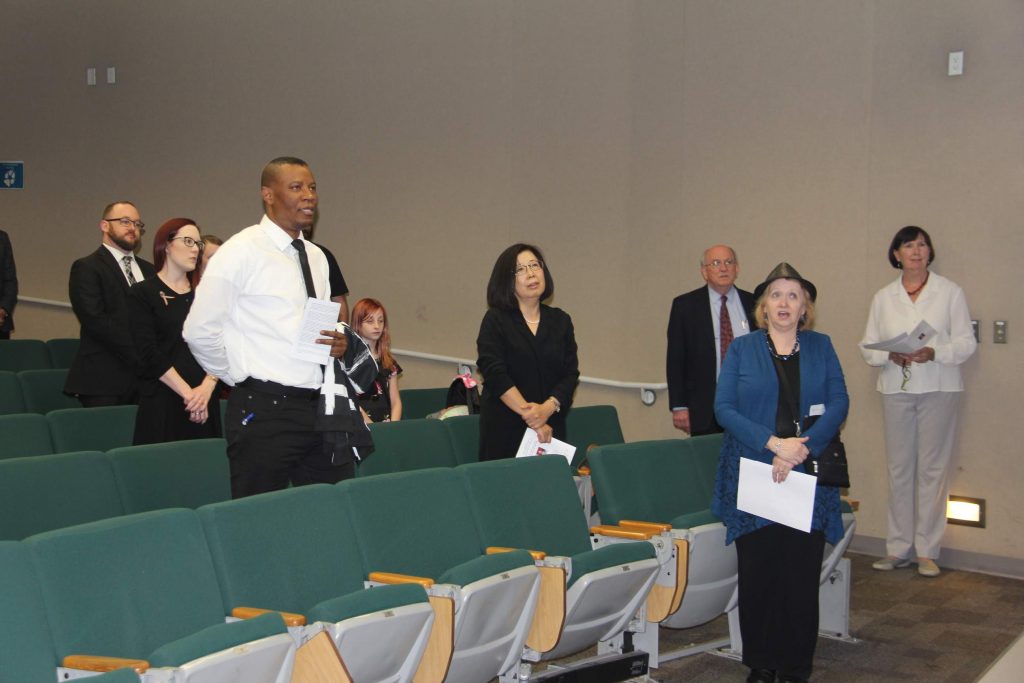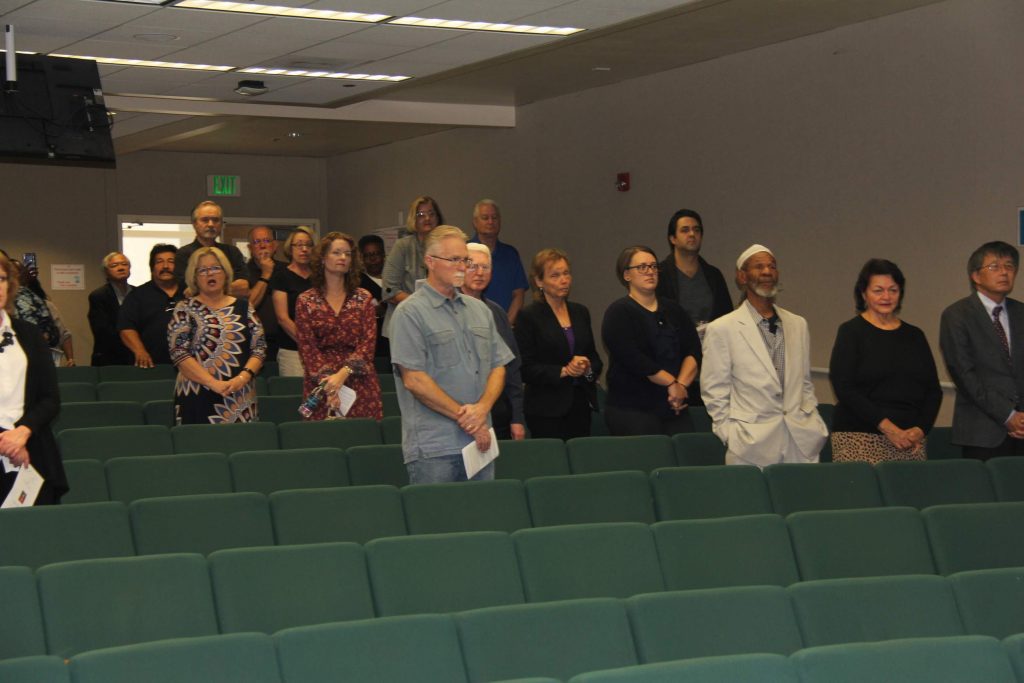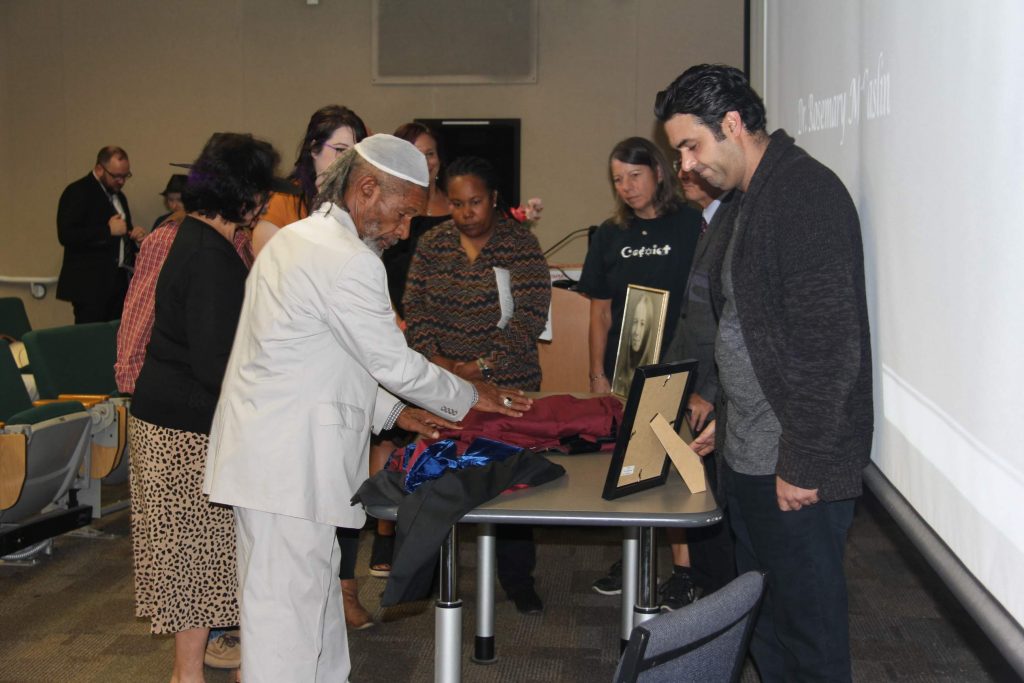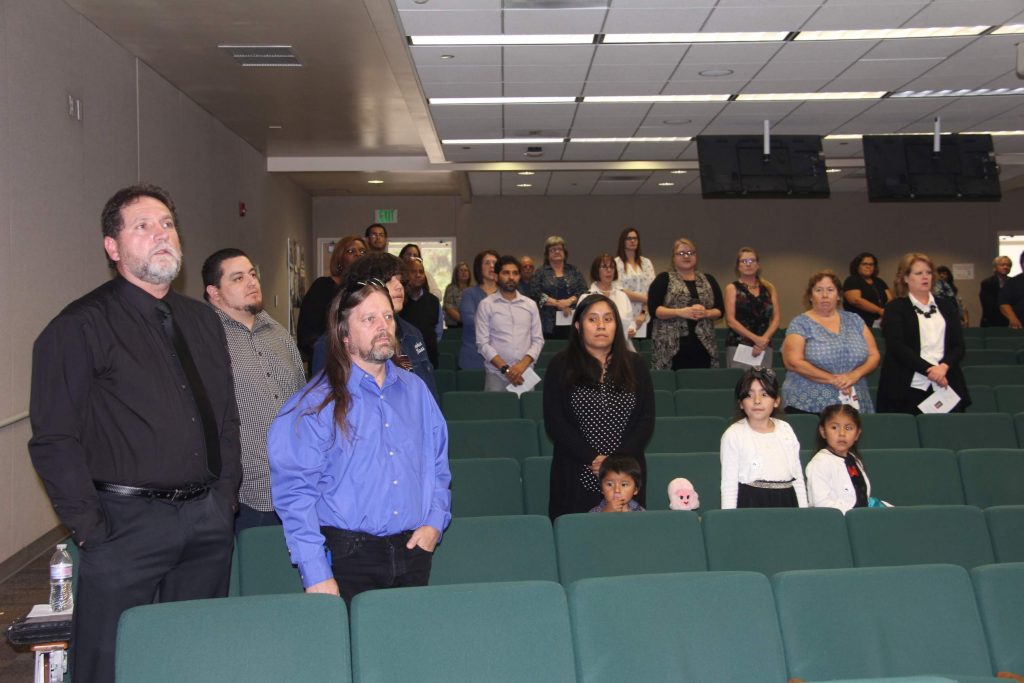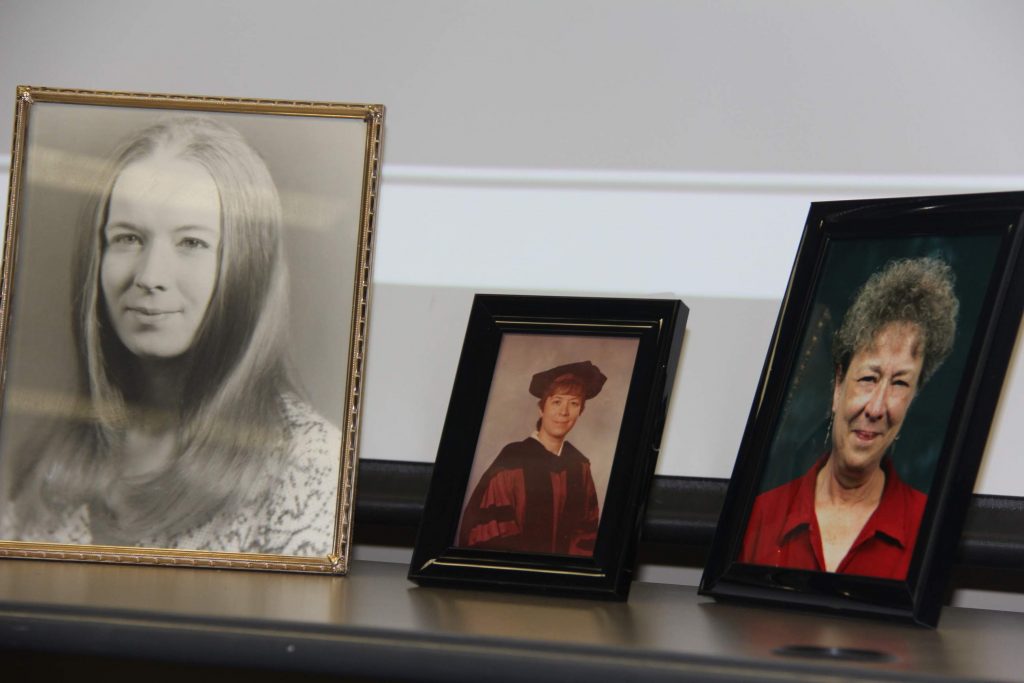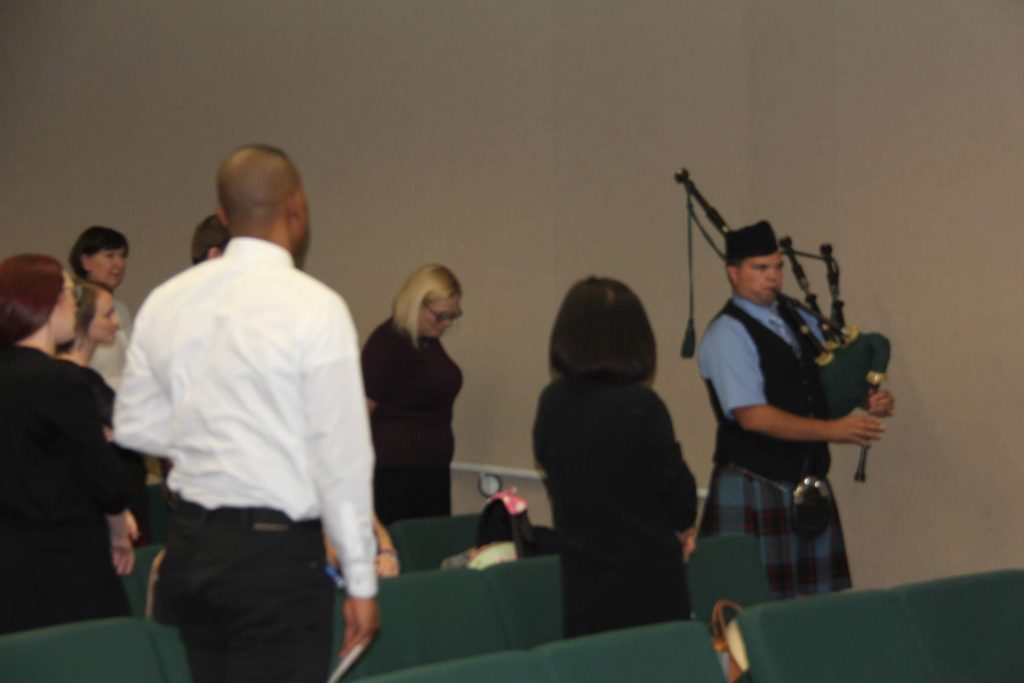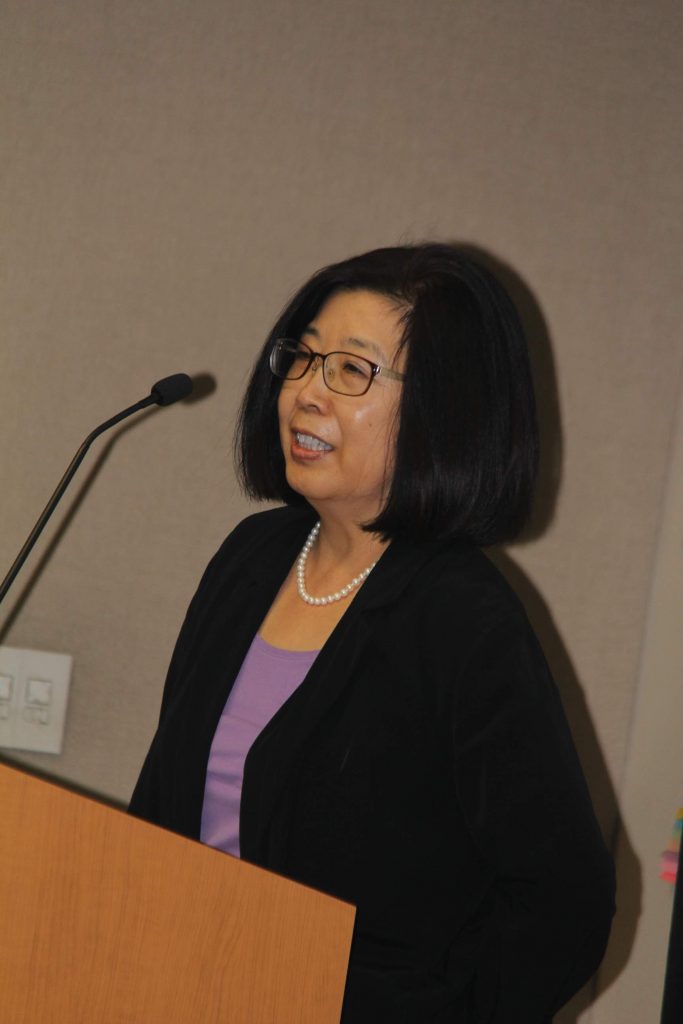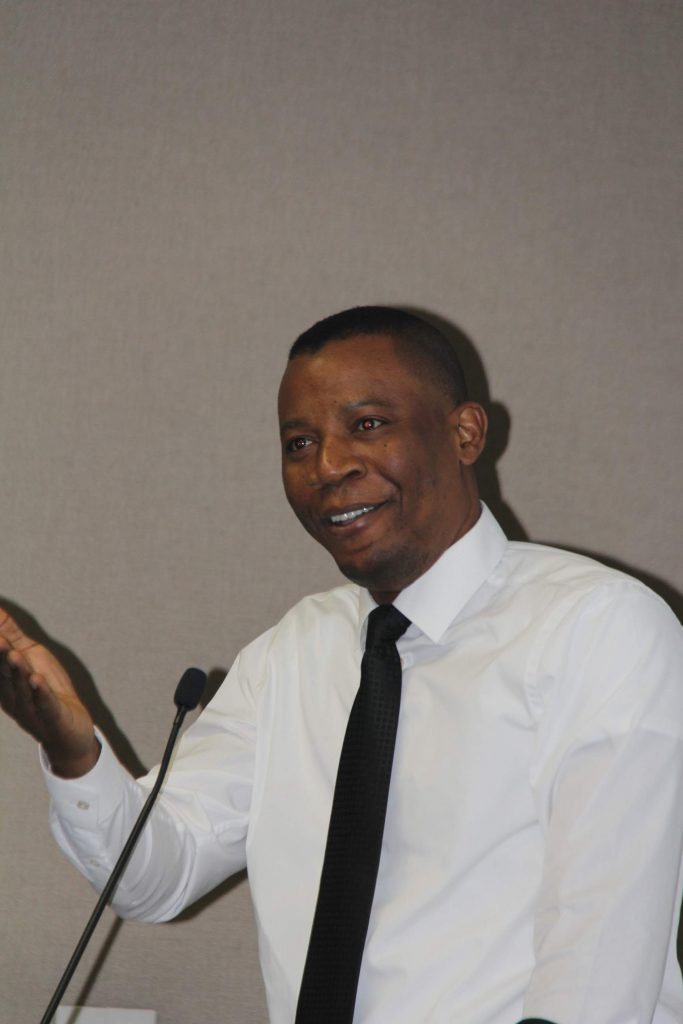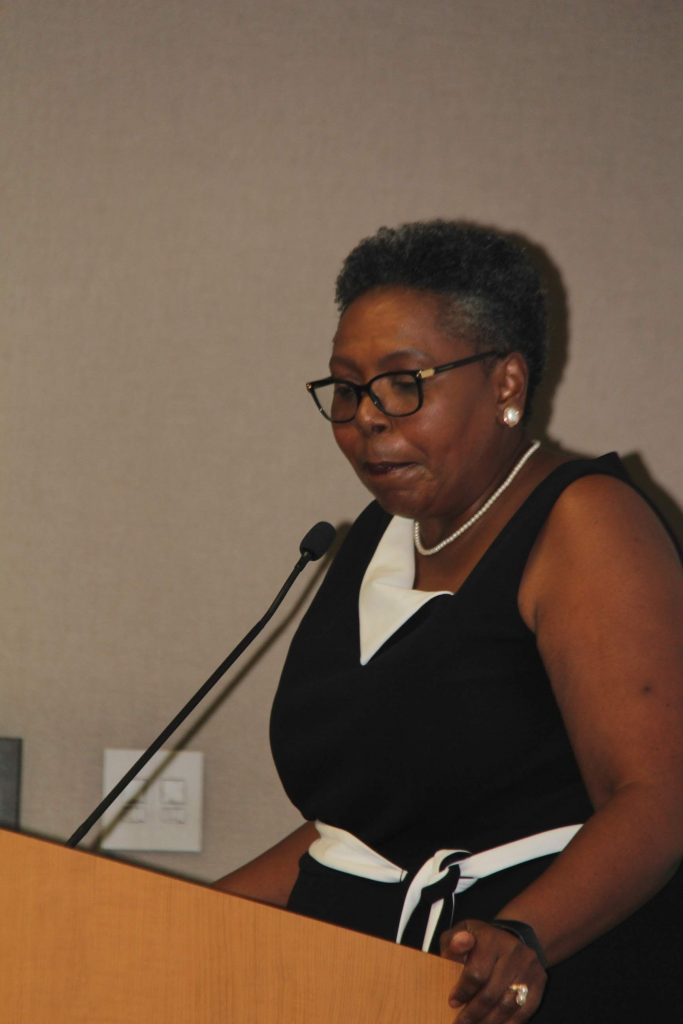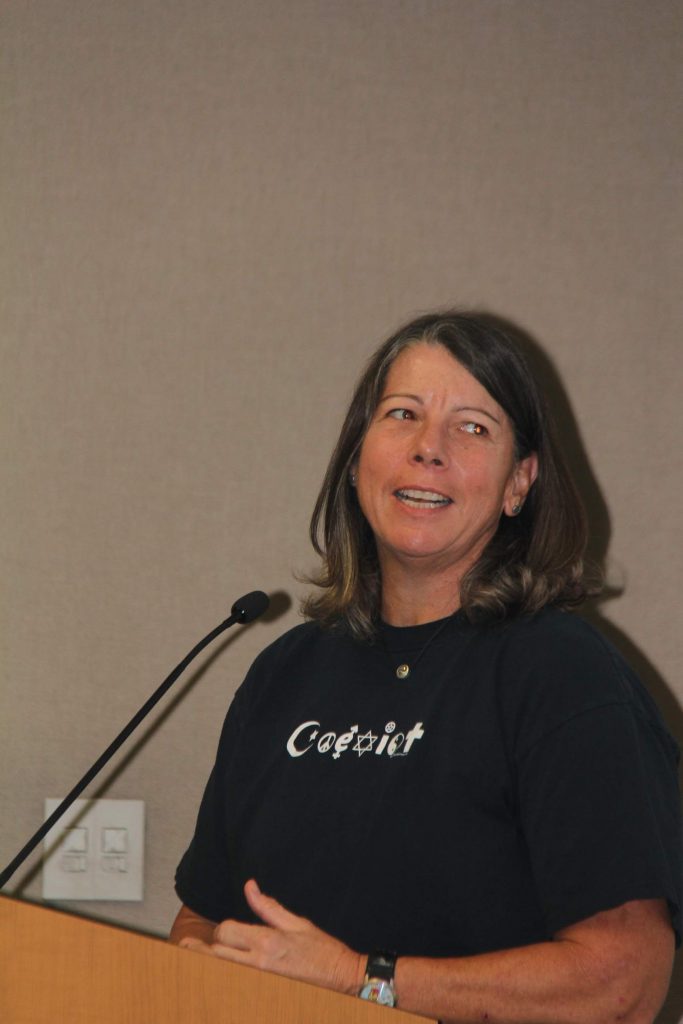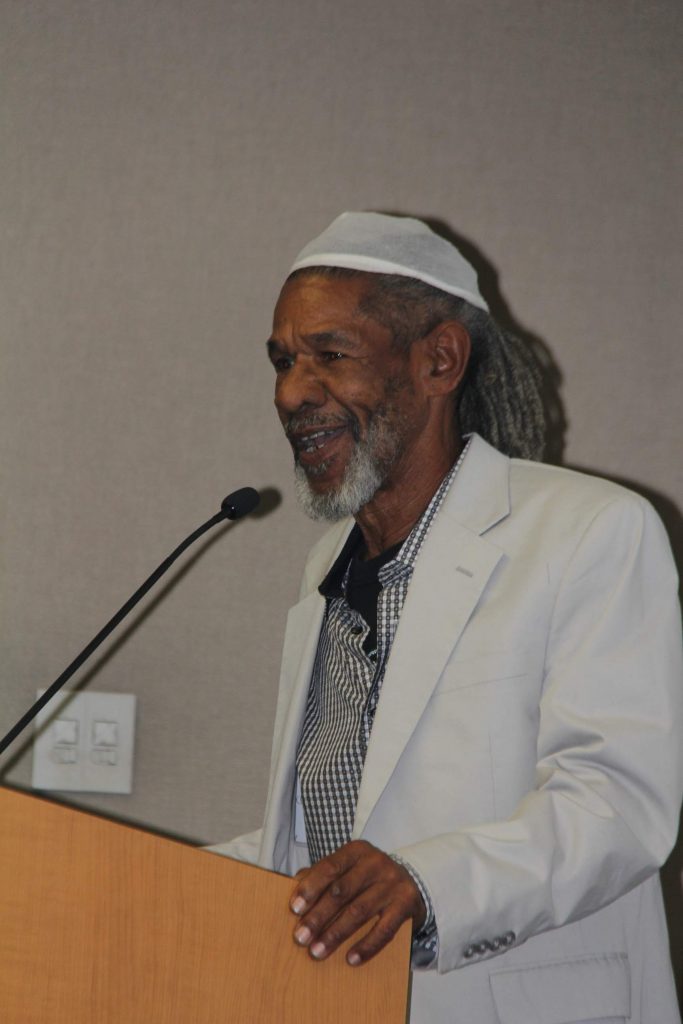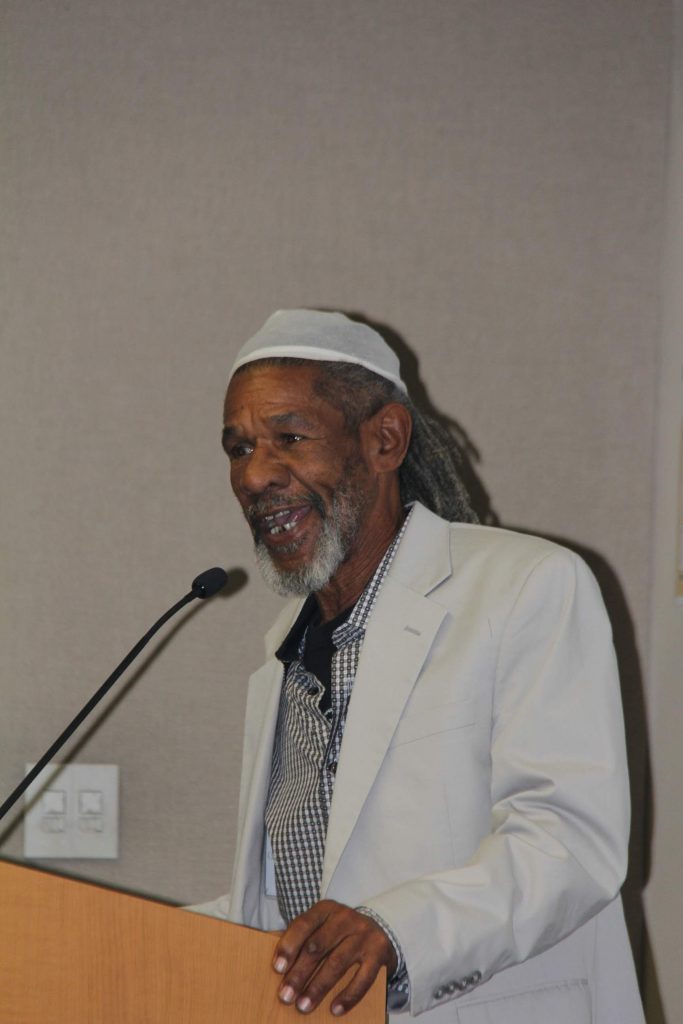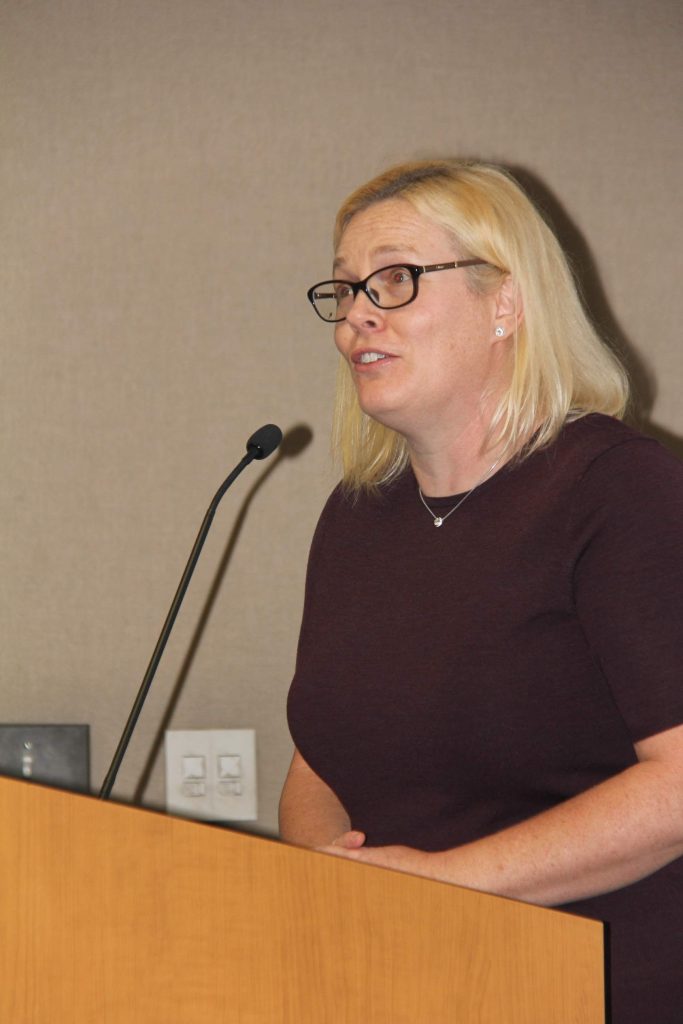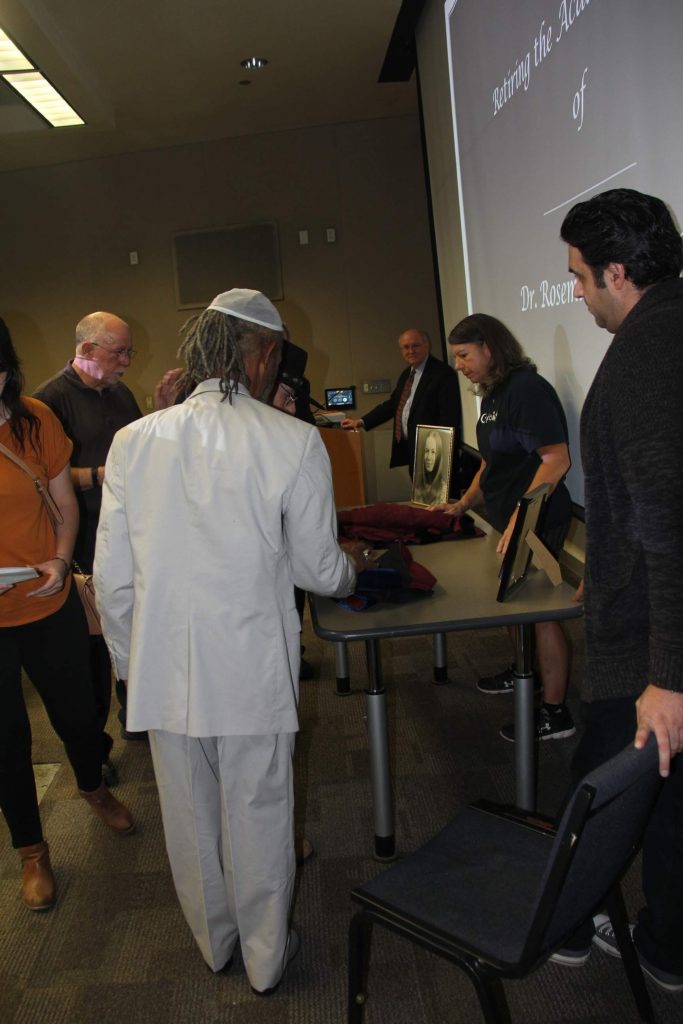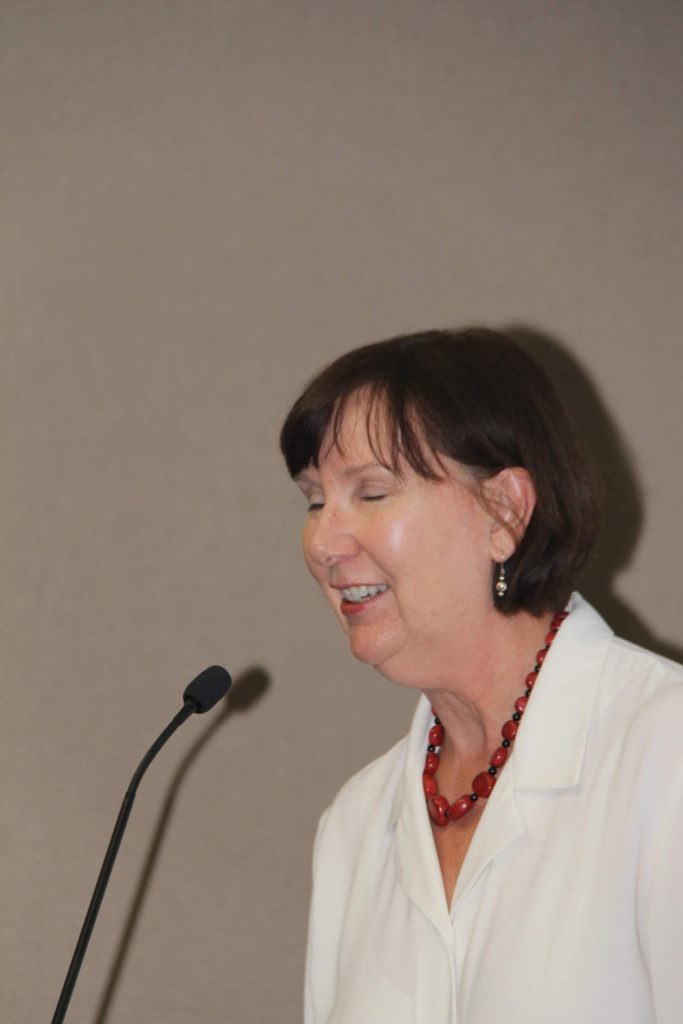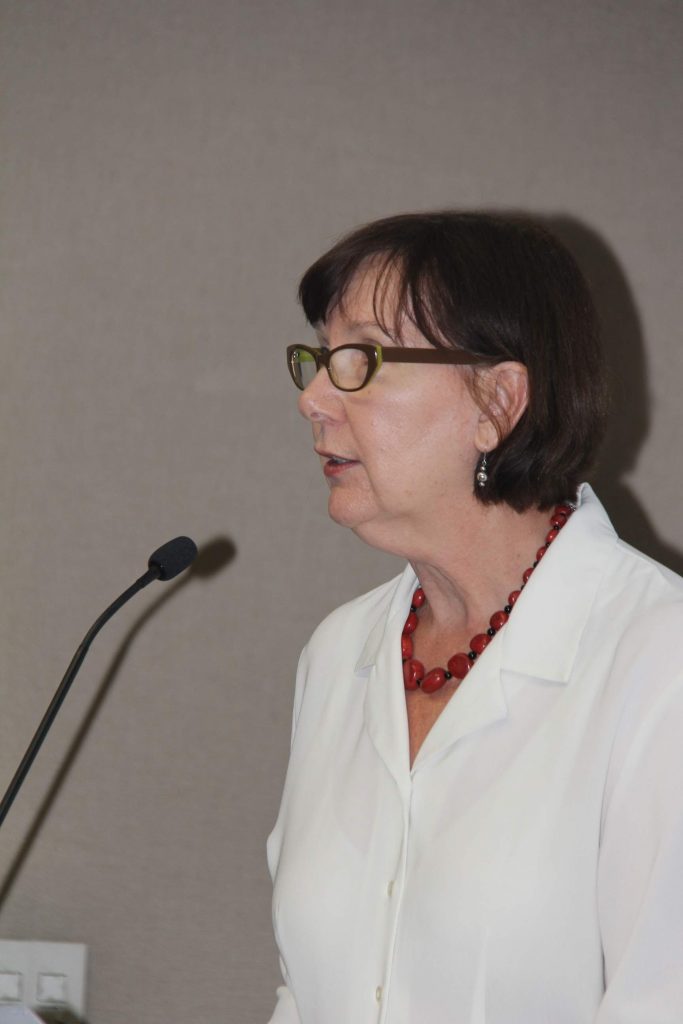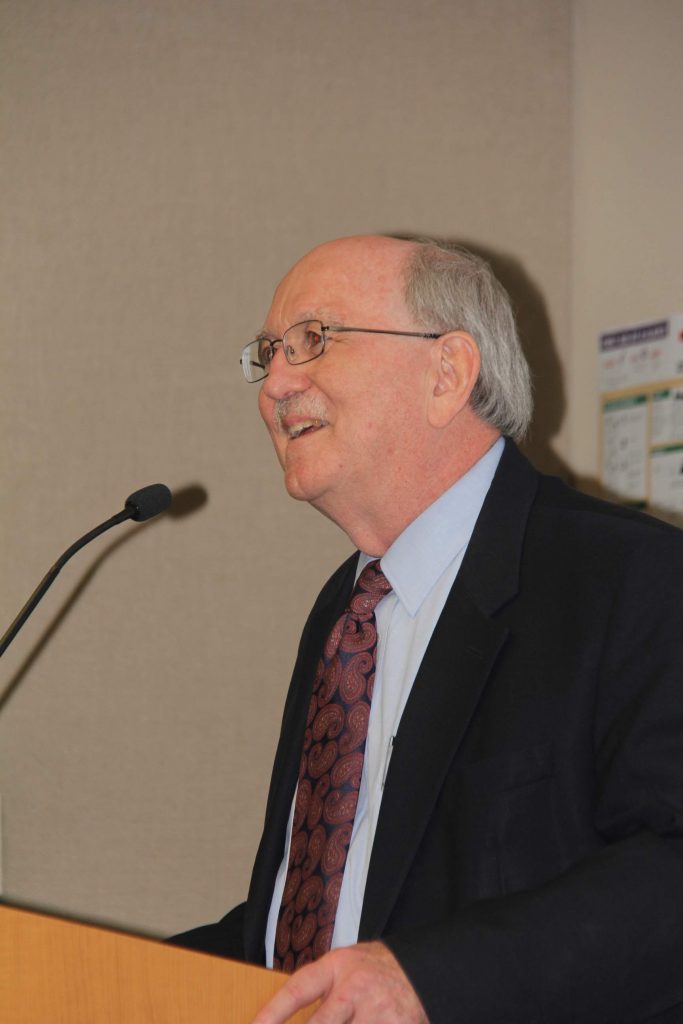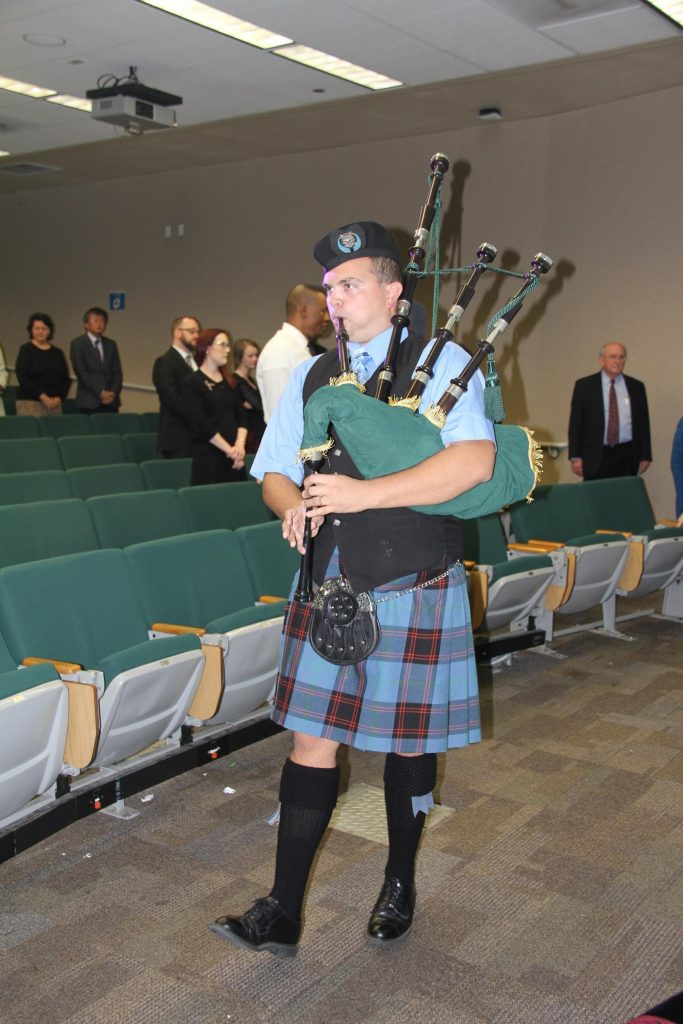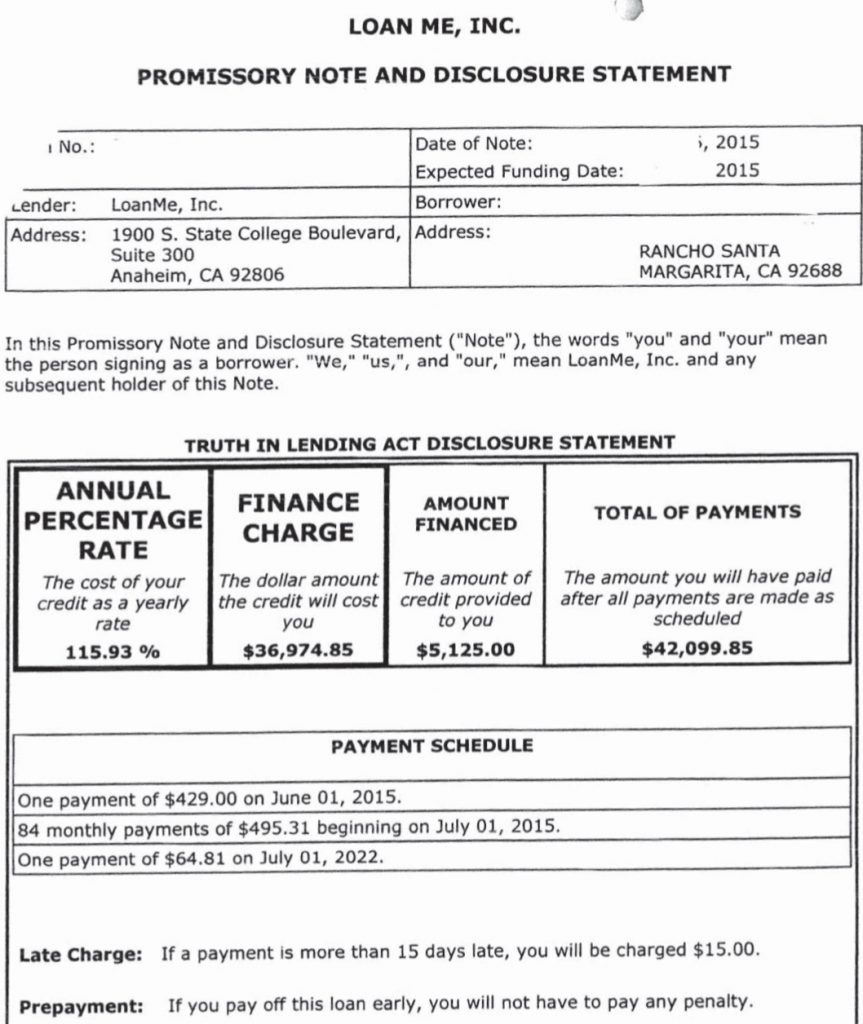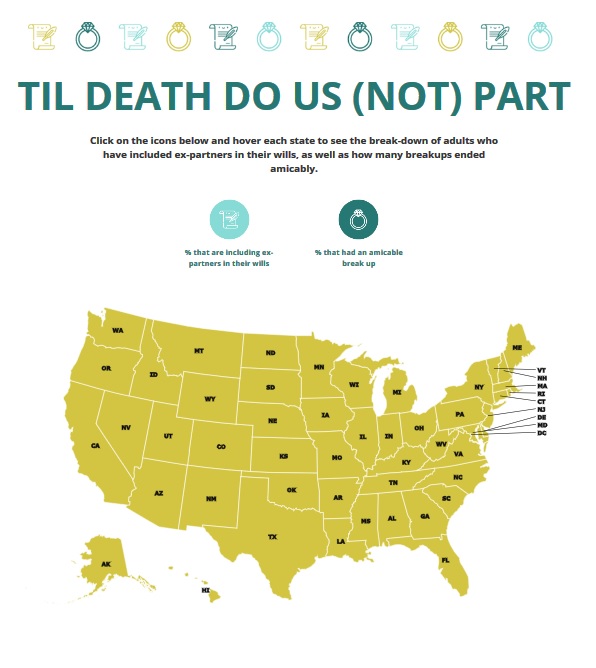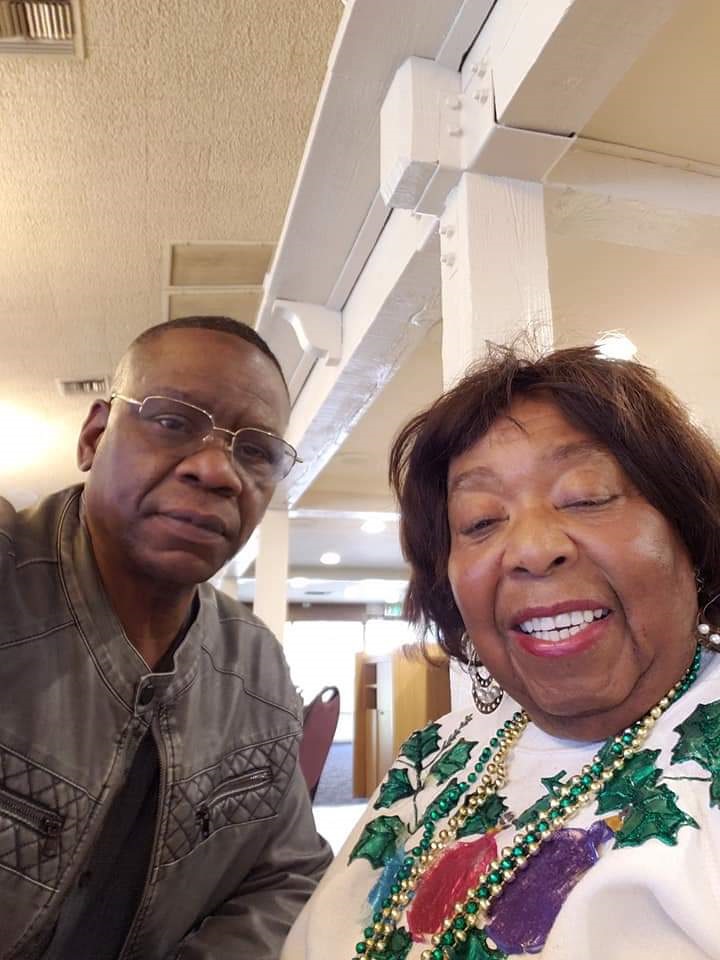As text-obsessed as we’ve become as a society, there’s still an argument to be made for making a human connection. Here, T-Mobile and Metro by T-Mobile’s digital etiquette expert offers 12 tips on how to perfect the art of mobile communication.
With more ways to communicate on our phones than ever before, it’s no surprise that the etiquette around choosing a method to deliver your message is far from clear. A text often seems exceedingly more convenient than a phone call, but, as digital etiquette expert, Elaine Swann, explains, texting is not always appropriate.
When should I text?
1. Logistics CoordinationAccording to Swann, daily situations involving logistics — directions, arrival times, departure times, etc. — are always better suited to a text message, as the recipient will have the information easily at hand on their mobile device should they need to review it.
2. Requests / FavorsSwann notes that it’s perfectly fine to send a “Running late, could you pick me up something?” request that involves daily routines like procuring food or running errands.
3. NewsSwann’s rules here are simple: “If it’s big news you’re texting, it should only be good news like I got the job, we got the house, etc.”
It’s also okay to text when the news isn’t so good, but only if you aren’t able to talk or if people are awaiting an update. An example would be, “We’re at the hospital, keep us in your thoughts — can’t talk.” Or, if someone is having surgery, texting an update to loved ones is acceptable.
4. LengthThis has less to do with the content of the text, and more to do with how long your message may be. Swann says that if your note is short, a text is fine, but if it goes beyond a few short sentences or becomes complex in nature, then that would be your indication to pick up the phone.
5. If you can’t talk, don’t answerThis is a perfectly acceptable — and common — situation to send a text that you’ll call the person back when you’re free.
When should I talk?
1. Big [Happy] AnnouncementsThe rule here, according to Swann, is that huge life-changing news, like a new baby, wedding, engagement, etc., should be delivered over the phone, especially to a close loved one. Although joyful in nature, its more respectful to deliver these kinds of big announcements over the phone.
2. Not-So-Good NewsWhen news is life-changing and not in a good way, Swann says this should always be a phone call.
3. When You’re Concerned About Someone“If you kind of get the feeling that a person is taking a little mental break, it’s fine to text to touch base letting them know you’re thinking of them,” Swann says. “But, if you’re gravely concerned about their wellbeing, then a phone call is more appropriate.”
4. When There’s Lots to SayTypically, Swann says, you should try to respond in the same manner that you were contacted. However, if you receive a text and have a lengthy response, it would be more appropriate to call the person instead of text back.
5. When You’re DrivingOne instance where you should not text, even in response to someone, is of course when you’re driving. If you’re able to use your device hands-free, call the person and tell them you’re on the road and can’t text back.
6. To Clarify an Increasingly Difficult Thread“We all know that technology doesn’t always translate everything well,” Swann says. “Instead of sending three or four text messages to clarify something — a location to meet, understanding directions, etc. — it’s a good idea to call someone and shore up those details.”
7. Asking Someone out on a Date“This should always be a phone call,” Swann says. “The same goes for breaking up with someone.”
Want to get even more out of your device? Check out ourZen Guide to Using Your Device!
 Westside Story Newspaper – Online The News of The Empire – Sharing the Quest for Excellence
Westside Story Newspaper – Online The News of The Empire – Sharing the Quest for Excellence

